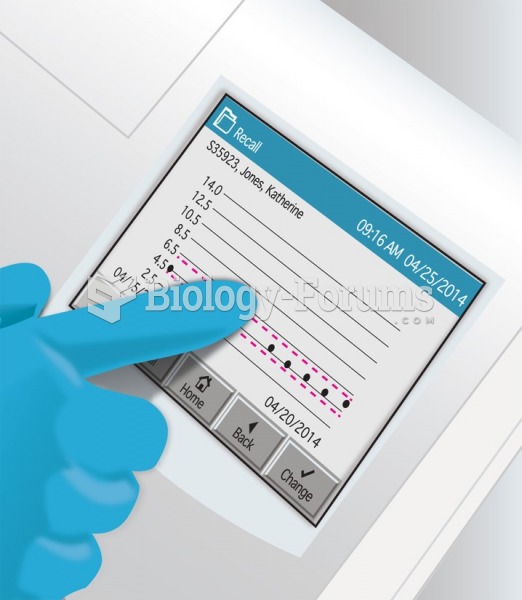Answer to Question 1
Answer: It is not necessary for the student to cover all the points made in the textbook about this test, but a good answer will cover several of the following points:
o It is reliable as demonstrated by a high Cronbachs alpha (.56-.81) for each of its factors and facets.
o It has a high test-retest reliability over a three-month period.
o With regard to validity, its main factors account for close to 60 of variability.
o Criterion validity was tested when, for example, the test was shown to produce low scores on Agreeableness when given to drug abusers.
o Convergent and discriminant validity was demonstrated by correlating scores on the NEO-PI-R with other valid personality tests such as the Extraversion scales of the Eysenck Personality Inventory.
o Test generalizability was indicated by its usefulness in various populations and clinical settings.
Answer to Question 2
Answer: The student has a fair amount of latitude with this question but necessary elements for a good answer would include definitions of each concept and at least one example of types of reliability and validity and some mention of methods to assess them. The main point of similarity is that they are both necessary for a useable test, but that while a test can be reliable without being valid it is impossible for a test to be valid if it is not reliable. Reliability concerns a tests consistency across time, items and raters and concerns temporal consistency reliability, test-retest reliability, internal consistency reliability, etc. Mention of Cronbachs alpha as the most widely used indicator of reliability and that a range of .70 to .80 is generally acceptable would be good.
Validity concerns the basic issue of whether or not a test measures what it is designed to test and involves such issues as construct validity, face validity, criterion validity, convergent validity, and divergent validity. Providing an example of how one of these types of validity is tested would be good. For example, comparing the results of the test in question to some external standard or behavior tests criterion validity.







